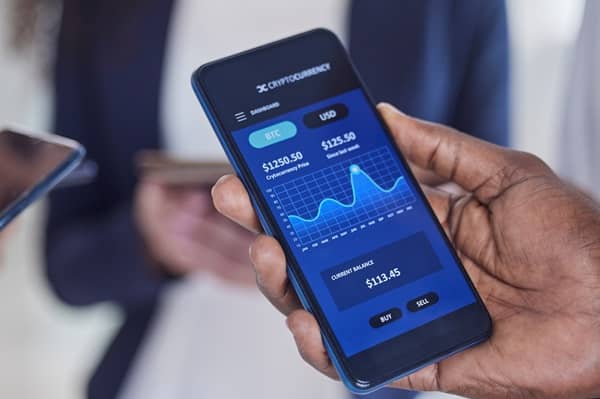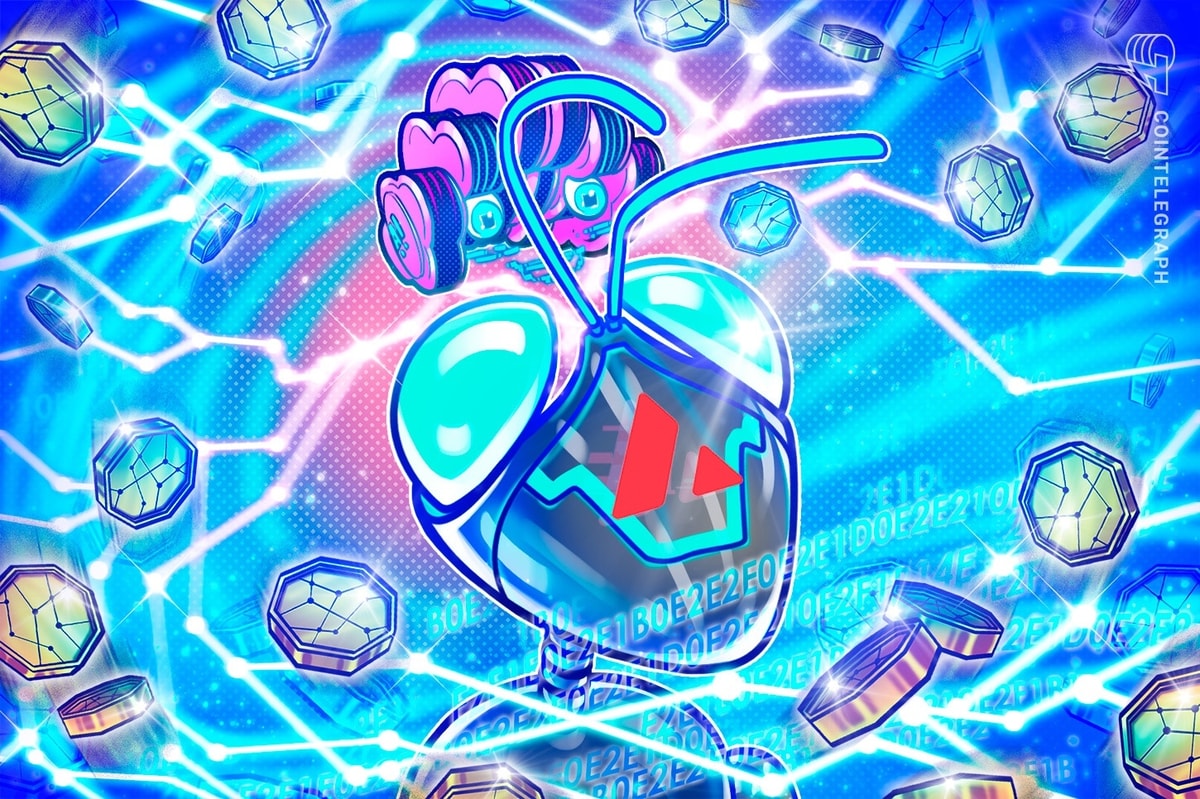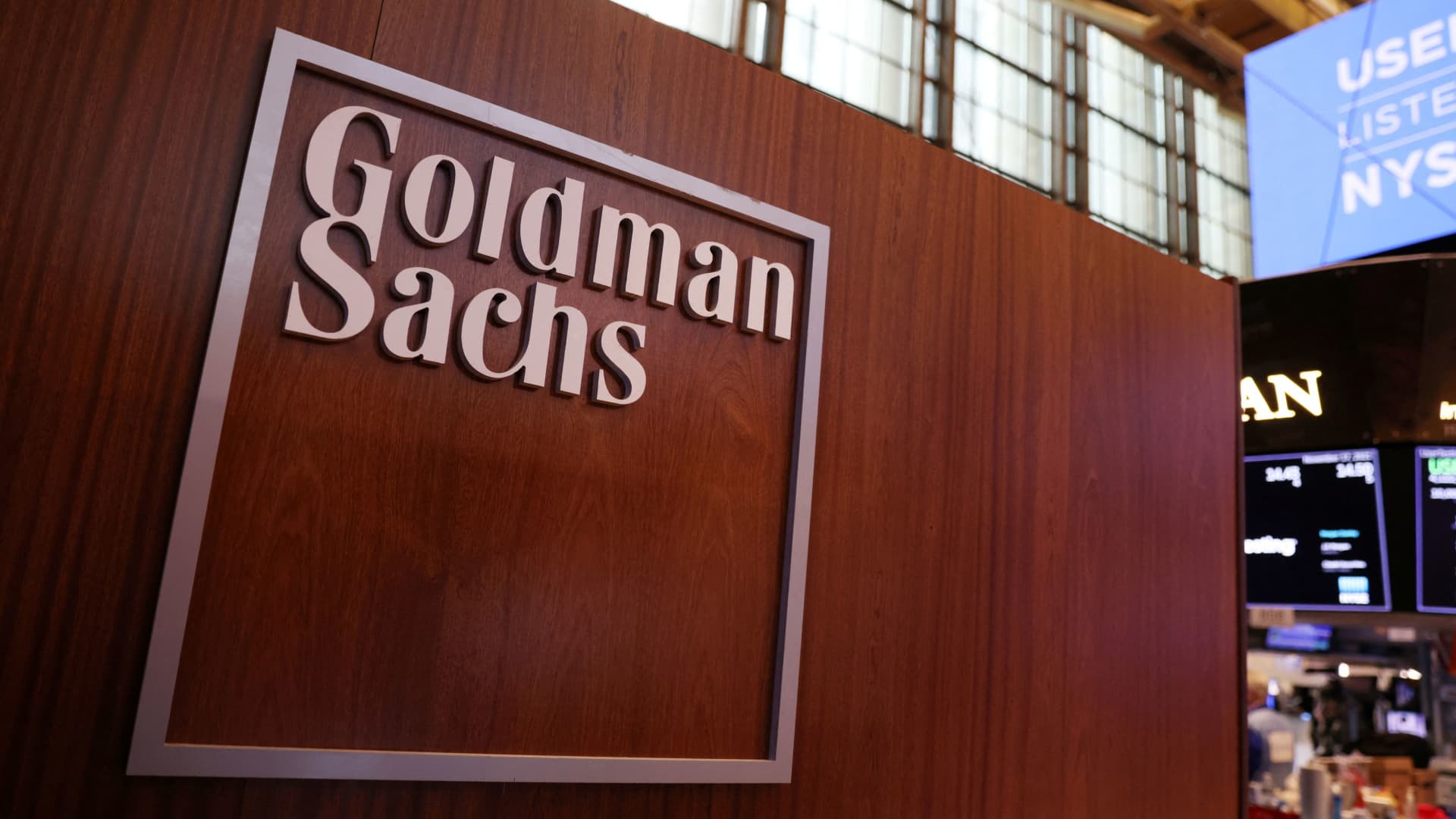People talk about the word “blockchain” a lot in the digital world. Blockchain is more than just the technology that powers digital money; it’s also linked to cryptocurrencies.
It could change industries, from finance to supply chains, by changing how information is stored, shared and checked. So, what is blockchain and why is it important?
Understanding blockchain technology
At its most basic level, blockchain is a digital ledger that keeps track of information in a unique way. Blockchain organises data into “blocks,” which is different from how traditional databases keep data in tables or files.
There are records in each block and when it’s full, it is securely linked to the block before it, making a chain that goes on and on. That’s why it’s called “blockchain.”
The fact that this system is decentralised is what makes it unique. A network of computers stores blockchain data instead of a single company or government being in charge of it.
Because the records are decentralised, it is very hard for anyone to change or mess with them, since changes would have to be made to every copy of the ledger at the same time.
Why blockchain matters
The key feature of blockchain is that it can build trust without middlemen.
In a lot of old-fashioned systems, trust comes from a central authority, like a central bank, a notary, or the government, that checks and keeps track of records.
Blockchain does away with these middlemen by letting everyone on the network see and agree on the data. This in many (not all) cases means that platforms like launchpads, exchanges and others have a high level of security and privacy, making some exchanges and launchpads more trustworthy that traditional equivalents.
This level of openness and safety makes it possible for new kinds of digital transactions, contracts and record-keeping to happen. It cuts down on fraud, lowers costs and speeds up processes because there are fewer people involved.
Key features of blockchain
Blockchain is quite unique and there are several characteristics that make blockchain stand out and shows how it operates.
Decentralisation
Information isn’t kept in one place; instead, it’s spread out among a network of people. This makes things safer and stronger.
Transparency
Most blockchains let everyone on the network see transactions. Once data is saved, it is hard to change or delete.
Security
Cryptography is used by blockchain to keep information safe. This makes it very hard for hackers to change the system.
Immutability
Blockchain data is permanent once it is added. This is helpful for making records that people can trust, like in supply chains or financial services.
Uses of blockchain beyond cryptocurrency
Blockchain is best known for being the technology behind cryptocurrencies like Bitcoin, but it can be used for much more than just digital money. Here are some important uses:
- Supply Chain Management: Businesses can follow products from their source to their destination, which helps prevent fraud and makes sure they are real. This is particularly useful in territories with supply chain and logistical challenges.
- Healthcare: Patient records can be safely stored and shared with other providers who have permission.
- Voting Systems: Blockchain can make digital voting systems that are safe and clear, which lowers the risk of tampering.
- Smart contracts: Agreements that are coded on the blockchain and carry out actions automatically when certain conditions are met.
Blockchain is being tested in almost every part of the economy because it builds trust and openness.
Advantages and challenges
Blockchain, like any other technology, has both good and bad points.
Some of the advantages are:
- More safety and openness
- Less need for middlemen
- Possible savings on transaction and record-keeping costs
Some of the challenges that arise are:
- Some blockchain systems use a lot of energy.
- Problems with scalability as networks get bigger
- Rules that are still changing and are hard to understand
It’s important for beginners to know that blockchain is still a new technology. Its full potential hasn’t been reached yet and businesses are still trying out new uses for it.
So what is blockchain?
In the simplest terms, it is a safe, decentralised way to keep track of information that can’t be changed. But on a larger scale, it shows how digital systems can be made more trustworthy and open.
Blockchain is changing the way people and businesses interact in many ways, such as by powering cryptocurrencies, making it possible to trace the supply chain and making digital contracts possible.
Blockchain will still be a big part of the future of technology, even though there are still problems to solve. This is because it promises to make systems more open, efficient and reliable.
Get real time update about this post category directly on your device, subscribe now.








